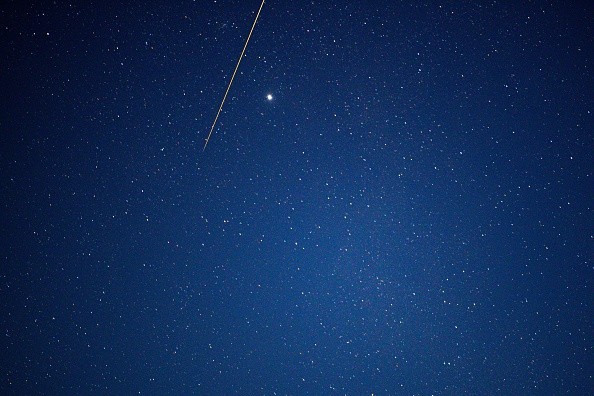The enormous space rock was projected to swing past Earth at a "close" distance, and space aficionados were able to see it live.
Asteroid 138971 (2001 CB21) is estimated to be up to 4,265 feet broad, about three times the size of the Empire State Building, however, it was not projected to impact Earth and did not do so on Friday, March 4.
The asteroid that passed earth

NASA monitors asteroids through a network of partner telescopes and space observations coordinated by the Planetary Defense Coordination Office, as per Space.
Although no imminent threats have been identified, the agency is continuing its search in order to remain proactive.
The organization also conducts testing on asteroid defense technology (not that we need them yet), such as one that will soon arrive at an asteroid moon.
The DART spacecraft will collide with a minor asteroid named Dimorphos in late September or early October 2022, altering its orbit around its bigger partner, Didymos.
We know approximately 750,000 asteroids in all, however, the vast majority will never go near to Earth. Scientists have discovered over 27,000 near-Earth asteroids, with new ones being discovered daily.
Potentially dangerous asteroids are defined as space rocks that are brighter above a given threshold implying a specific size, though the correlation isn't perfect) and pass within 4.65 million miles 7.48 million km of Earth.
The average diameter of 138971 is around 742 meters, which is rough twice the size of the Empire State Building.
According to WGN9, while NASA has classified the asteroid as potentially hazardous due to its size of more than 500 feet and proximity to Earth's orbit of 4.7 million miles, it will not come dangerously near to our planet. The asteroid will fly by Earth roughly 3 million miles distant, according to the JPL's Center for Near-Earth Object Studies.
According to NASA, Asteroid 138971 was found in February 2001 and is classified as an Apollo-class Asteroid since its orbit crosses that of the Earth. It last crossed Earth in February 2021 and is not projected to return until February 2023.
Read more: Gigantic Asteroid Will Pass By Earth in 7 Years, Do We Have Defense Against Such Threats?
Types of asteroids around space
According to NASA, asteroids are divided into three classes depending on their compositions
C-type (chondrite) asteroids are the most frequent. They are most likely composed of clay and silicate rocks and have a dark appearance.
S-types (stony): consist of nickel-iron silicate minerals.
M-types (nickel-iron): These are metals. The compositional differences of asteroids are related to their distance from the Sun. Some of them sustained high temperatures after they formed and partially melted, with iron sinking to the center and propelling basaltic (volcanic) lava to the surface.
The impact of asteroid struck down earth
An asteroid collision on Earth might be an extinction-level catastrophe, depending on the size of the space rock, and experts have constructed models to assess how awful it could be.
Not all asteroids would be catastrophic to humanity, and a space rock would have to be rather massive to kill us all.
If an asteroid the size of the one that most likely killed the dinosaurs struck Earth today, everything would change instantaneously owing to the power of the impact and its effects on the ecosystem.
© 2025 NatureWorldNews.com All rights reserved. Do not reproduce without permission.





